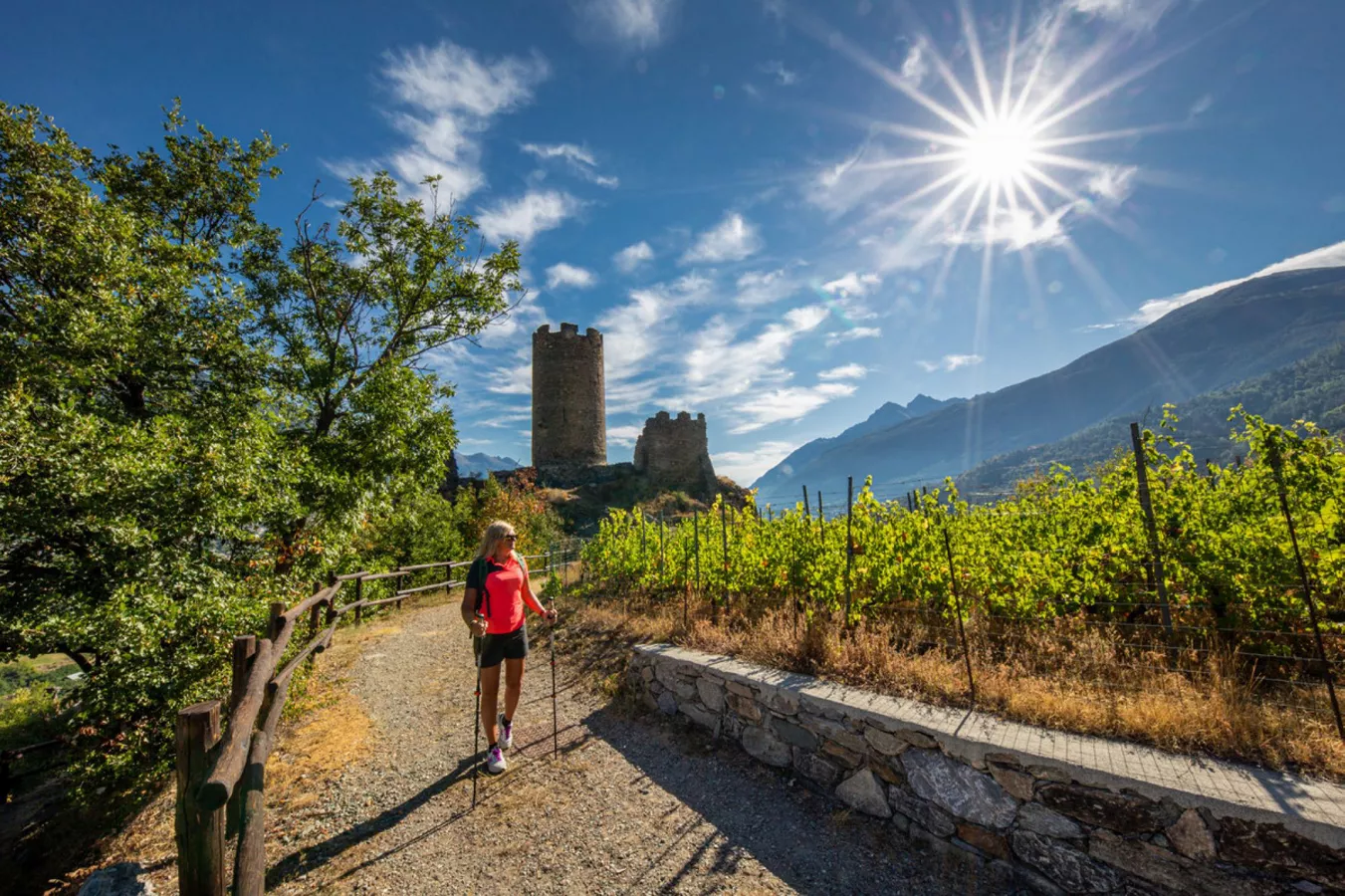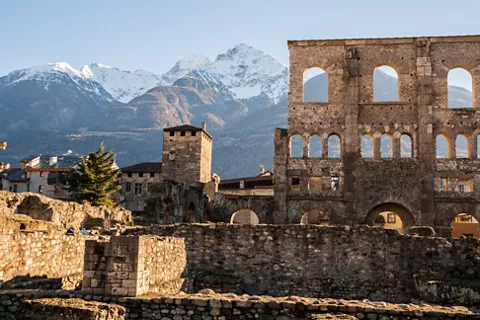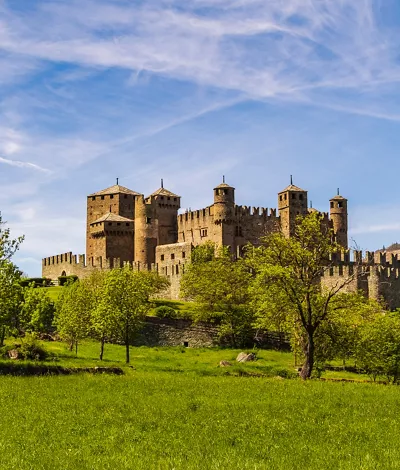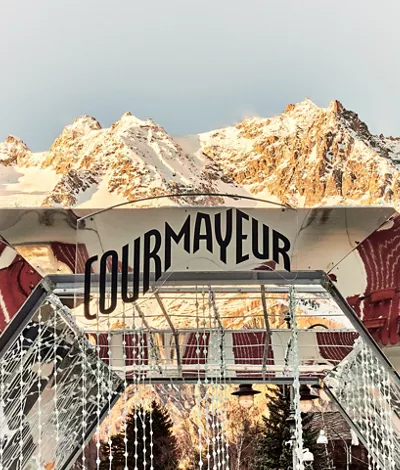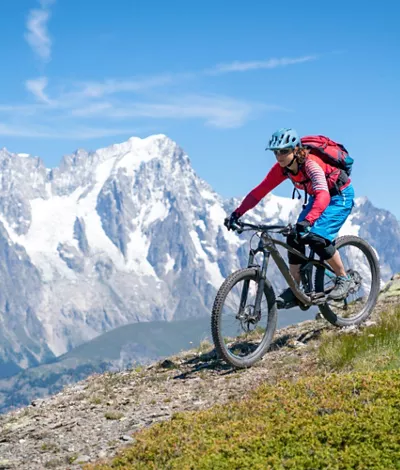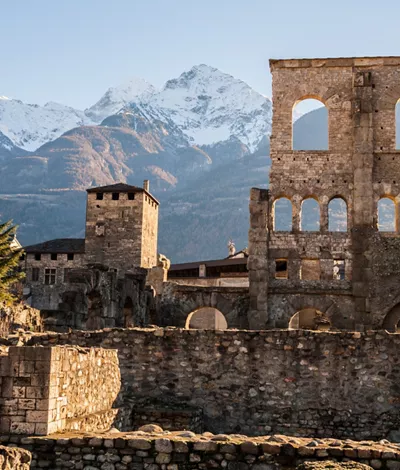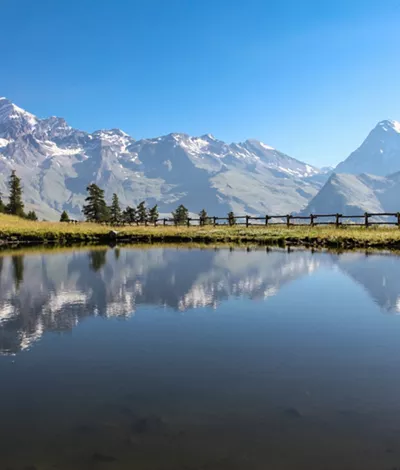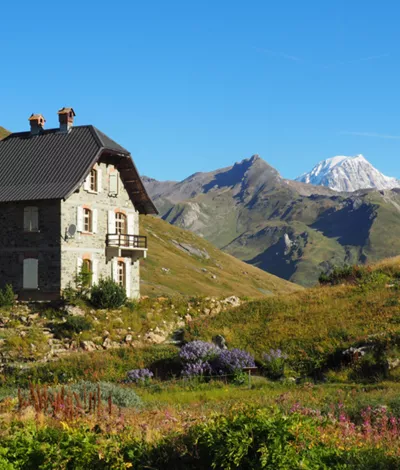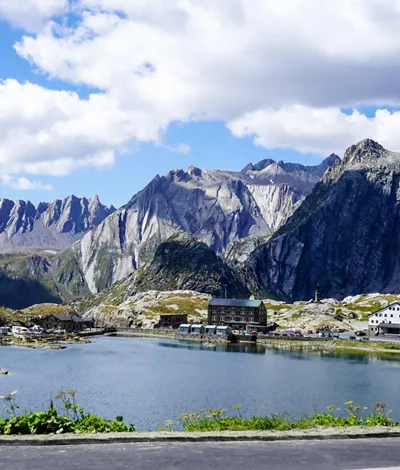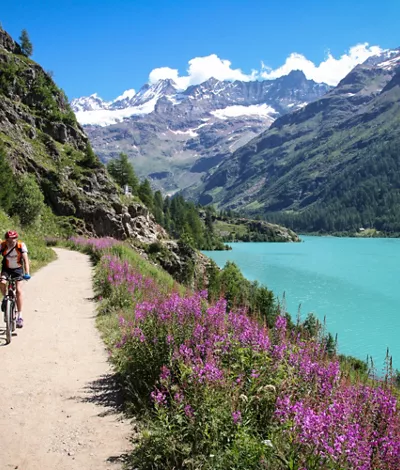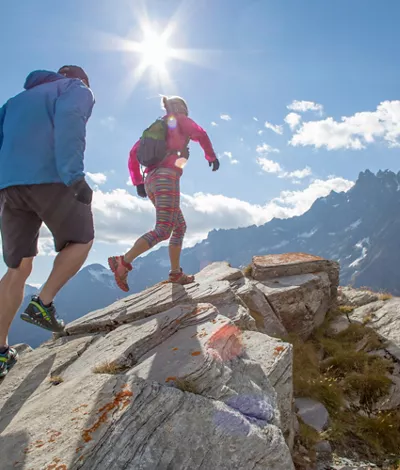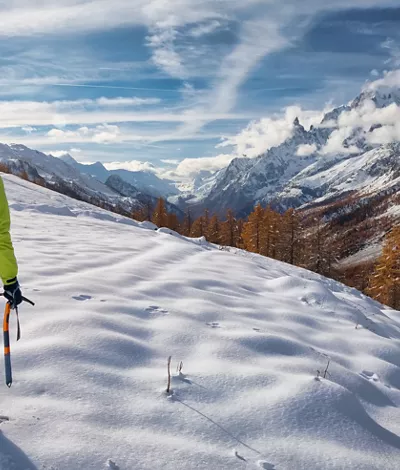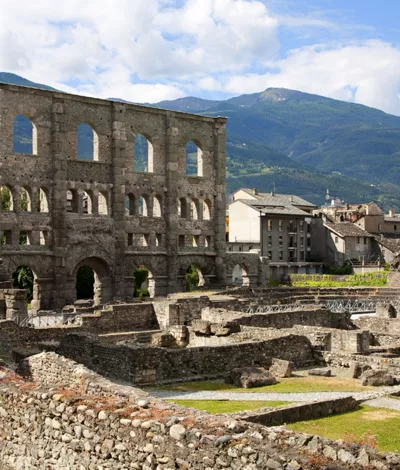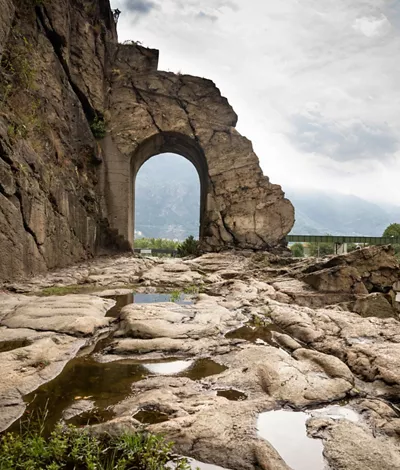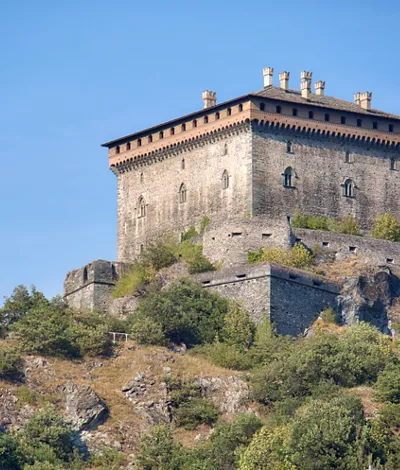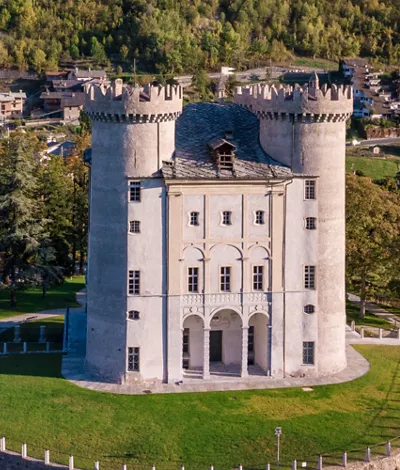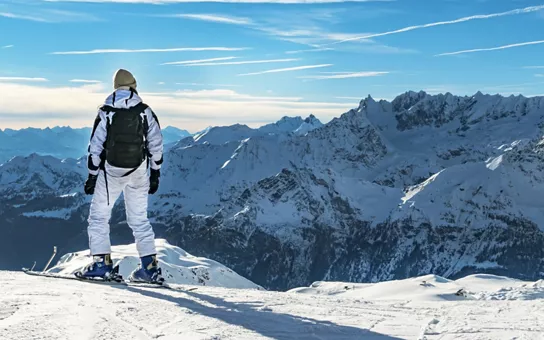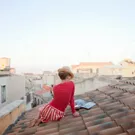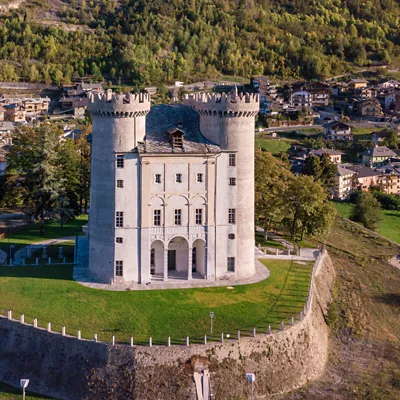Val Ferret
The Aosta Valley: in Val Ferret, one step away from heaven
At the foot of Mont Blanc, north of the Courmayeur basin, lies Val Ferret, which together with Val Vény forms the geographical limit of the massif on the Italian side.
High-altitude excitement
As you enjoy a walk along the Val Ferret, on the left you can admire some of the highest and most majestic peaks in the Alps: the Dent du Géant, the Grandes Jorasses, the Aiguille de Triolet and Mont Dolent, while on the right, the slopes of Mont de La Saxe are decidedly gentler.
In summer season in Courmayeur, mountain enthusiasts can enjoy a wide choice of itineraries, with everything from walks, suitable for everyone, to mountain biking and horse riding, through to mountaineering routes, including an tempting trail at the Dent du Géant. Its unmistakable profile attracts anyone visiting this area to admire the spectacular scenery offered by the towering mountains.
A series of fixed ropes facilitates the ascent to the Dent du Géant. However, this is an alpine route for experts and it is advisable to be accompanied by an alpine guide to ensure a safe ascent. You can reach the Torino hut with the first run of the Skyway cable car, and if you are not sure whether you will be able to climb back down the same day, you can stay overnight.
A trekker's paradise
Val Ferret is also the ideal destination for anyone who loves trekking: an easy and well-signposted trail crosses the entire valley from Entrèves to the Col du Petit Ferret. After crossing Entrèves, you will leave your car and take the dirt track, passing the Dora di Val Ferret and, shortly afterwards, entering the forest. Once you have made your way through the forest, you will be rewarded with spectacular views of Val Ferret, Val Vény and Mont Blanc.
This 15-kilometre route can be divided into stages, thanks to the three shelters found along the way: the first is Bertone Refuge, the second is Bonatti Refuge, which offers splendid views of the Dent du Géant, and the last is Elena Refuge, after Arnouva.
Cross-country skiing and snow biking in winter
Val Ferret is an unmissable winter holiday destination. If you love snow-covered landscapes and activities in the snow, you are sure to be spoiled for choice, with opportunities to try out cross-country skiing, fat biking, snow biking or simply stroll along the beaten snow path reserved for pedestrians.
In addition to Nordic skiing in Val Ferret, in Courmayeur you have two slopes perfect for downhill skiing or snowboard adventures, that of Chécrouit and that of Val Veny, and two ski schools, the ideal solution if you are a beginner.
The richness of Val Ferret, from fauna to flora
Val Ferret is also a Special Protection Area, located on a migration route and established with the aim of protecting birdlife.
The protected area starts from the village of La Palud and extends to Col Ferret: 81 bird species have been identified, including some increasingly rare ones, such as the golden eagle, bearded vulture, red-crowned owl, ptarmigan, chough, black grouse, black woodpecker and red-backed shrike.
It is also home to the highest ibex colony in Europe, and you are very likely to spot chamois, roe deer, deer, hares and marmots: there is even a small group of albinos. The flora is equally spectacular. Adding to all the flowers and plants you will find along the trails of Val Ferret or Val Veny, be sure to visit the Saussurea Alpine Botanical Garden, among the highest in Europe, which can be reached by the Skyway cable car (first station at Pavillon du Mont Fréty). Set up in 1984 by the Donzelli-Gilberti Foundation to protect the Mont Blanc flora, it also hosts species from the Eastern Alps, Asia and North America.


